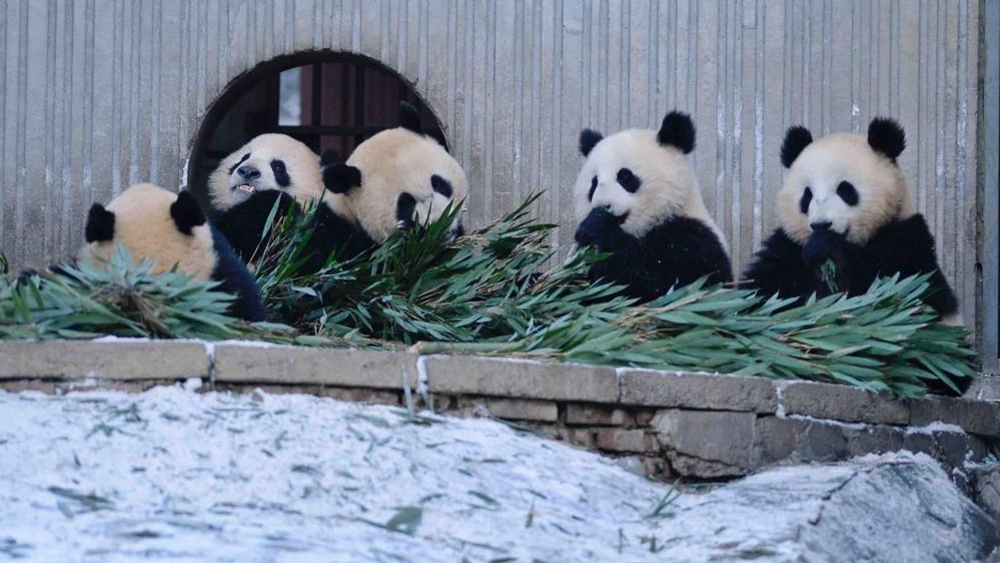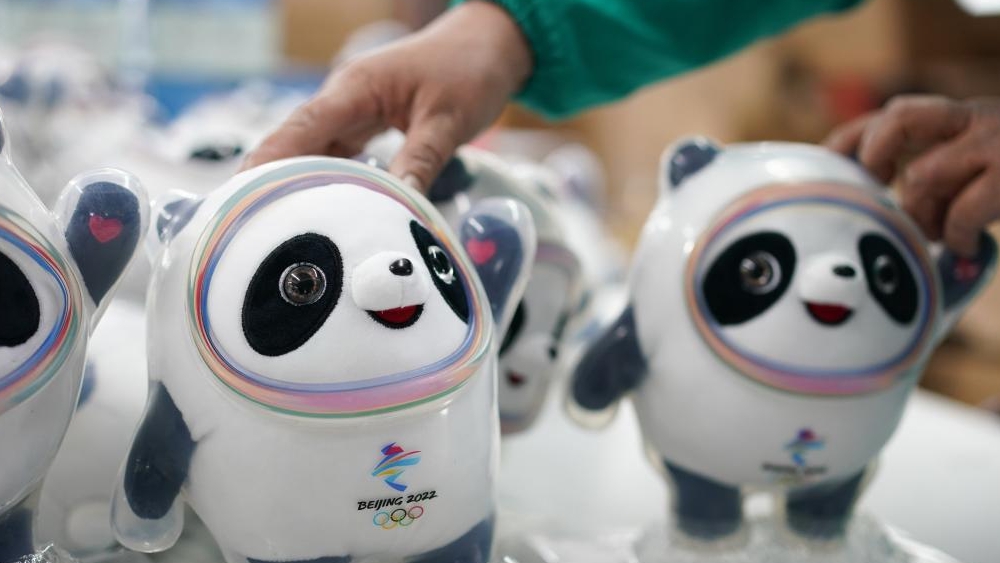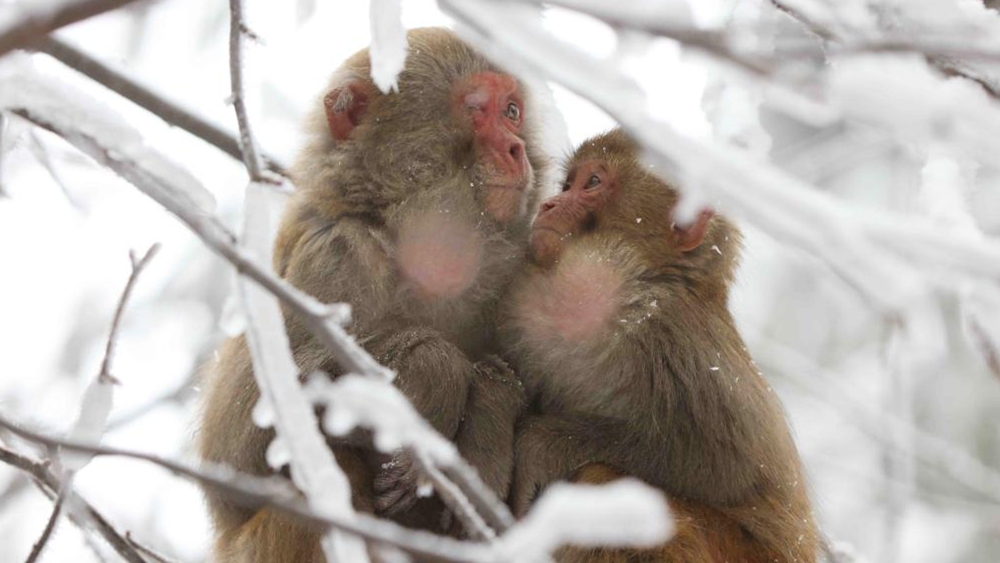
A Royal Bengal Tiger cub is seen with its mother in Bangladesh's National Zoo in Dhaka, Bangladesh, Feb. 12, 2022. (Xinhua)
Bangladesh National Zoo has announced the birth of two Bengal tiger cubs, good news for Bangladeshi big cat fans at the beginning of the Year of the Tiger.
DHAKA, Feb. 15 (Xinhua) -- Bangladesh National Zoo has announced the birth of two Bengal tiger cubs, good news for Bangladeshi big cat fans at the beginning of the Year of the Tiger.
Md Abdul Latif, director of the Bangladesh National Zoo in Dhaka has wished a happy Year of the Tiger as he announced the birth of the tigers Saturday. "May the Year of the Tiger bring the Chinese people endless happiness, peace and prosperity," Latif said.

Two Royal Bengal Tiger cubs are seen with their mother in Bangladesh's National Zoo in Dhaka, Bangladesh, Feb. 12, 2022. (Xinhua)
The Bengal tiger is native to the Sundarbans, one of the world's largest mangrove forests and a UNESCO World Heritage Site. Sundarbans tigers have bold, sharp features and are regarded as the best swimmers among tigers.
The Bengal tiger is the national animal of Bangladesh. Even the Bangladeshi cricket team is popularly known as "The Tigers".
The cubs are now almost four months old, and still reliant on their mother's milk. The births had been kept secret for some time to deter a huge rush of visitors to the zoo during the pandemic.

Photo taken on Feb. 12, 2022, shows a Royal Bengal Tiger cub in Bangladesh's National Zoo in Dhaka, Bangladesh. (Xinhua)
Keepers are now caring for the cubs -- who are yet to be named -- and their mother Sheuli. They will be presented to the public when they start eating meat at the age of five to six months.
The zoo is sparing no pains to keep the cubs healthy. Keepers who enter the cage do so through a footbath. The cage itself has been swathed in layers of mosquito net and is sterilized twice a day. All of Shueli's food is specially prepared to ensure pathogens can not be passed to the cubs through her milk.
Latif has also called for joint efforts by China and Bangladesh to create a safe haven for tigers which represents strength, vitality and bravery in both countries, and stressed the need for exchange of experiences, especially in animal disease diagnosis and treatment methods.■












